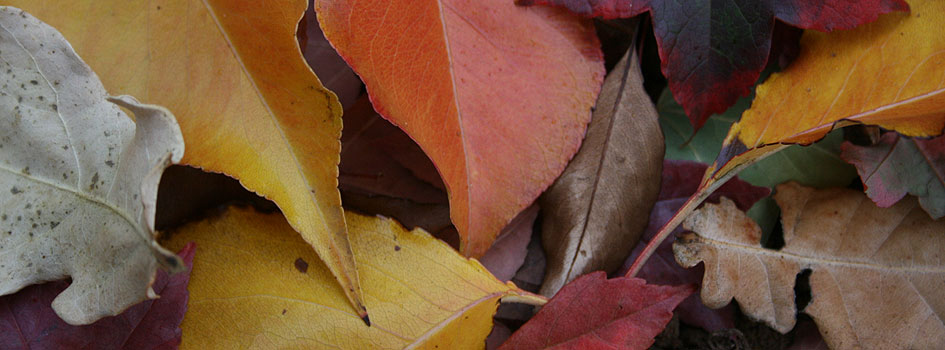Edible Fruit Tree Varieties Listing
This list describes the edible varieties (fruit trees) that we generally grow in our bare root nursery. Due to vagaries of production and demand however not all of the trees listed here will be available every year.
For the current list of trees available for the coming winter please go to the 'Price List'. This is updated in March or April each year.
For more information about bareroot trees please see the 'About Bareroot Trees' page.
Please enquire if the tree you are looking for is not listed - we may be able to help.
Quince
Cydonia oblonga
Up to 4.* A small, beautiful hardy tree that is both ornamental and useful with a long history of cultivation and romantic symbolism throughout the Middle East and Mediterranean region. The tree has silvery green leaves, pretty white and pink tinged blooms in spring and a crop of large pale yellow fruit in autumn with the trunk becoming beautifully twisted and gnarled as it ages. A somewhat old fashioned fruit high in pectin that nowadays has a less major role in cooking and preserving since the introduction of gelatine. However the heavenly sweet scent and flavour of the Quince which has existed longer than the apple is incomparable to any other fruit. Incredible tough and resilient they will grow almost anywhere as long as the soil Ph is not too alkaline and they are not subject to really wet and humid conditions. Once the fruit is cooked the flesh becomes a beautiful rose pink colour and is delicious baked and makes amazing pastes and jelly.Brown Turkey Fig
Ficus carica ‘Brown Turkey’
Up to 5m* Figs were considered sacred by the Romans and have been cultivated for many thousands of years. A slower growing but long lived and hardy tree that aside from its delicious fruit can also be used as a attractive specimen, espalier or hedge. A large brown skinned self pollinating fig with richly flavoured pink flesh. Best eaten fresh or makes a great jam and is very popular due to its long ripening season. Produces two crops of fruit a year with one early summer flush and then the main crop in early autumn. Loving a warm and dry climate they do appreciate extra water whilst the fruit is developing. Prefers light fertile well drained soils but will tolerate heavier soils if the drainage is adequate. Pruning and a nitrogen low fertilizer in late winter often promotes heavier fruiting. Mulching of the roots is advisable as figs have shallow root systems. Figs also grow well in coastal areas.White Genoa Fig
Ficus carica ‘White Genoa’
Up to 5m.*A slightly faster growing tree than the Brown Turkey but perhaps not quite as drought/heat hardy. Self pollinating with a small first crop in early summer and then the main crop later in the season. This fig is pale green with a sweet dark reddish pink centre. Ideal for drying, eating fresh and making jam. Has similar cultural requirements as the Brown Turkey Fig.Black English Mulberry
Morus nigra
Up to 6m.* Not an especially good looker but grafted to produce reliable bountiful crops of sweet delicious black berries in the summer. Broad rounded crown, spreading with age and developing a old gnarled appearance.Pomegranate “Elche”
Punica granatum
Up To 5m.* Small fruit bearing deciduous tree / shrub native to Persia. Tough and drought tolerant perfect for our Mediterranean climate. As mature plants they are multi trunked with sculptural twisted bark and natural, arching vase like form. Bright orange flowers spring into summer and attractive autumn colour. Pomegranates are best on deep, heavy loams, but are adapted to many soil types from pure sand to heavy clay only sites of poor drainage should be avoided. . They are more tolerant of saline soils than most other fruit trees. Shooting freely from their base, the plant soon becomes a shrub and used this way they can be planted close to together to create a dense screen. Heavy pruning can be used to keep the plant small. Shoots can be removed annually to ensure it forms a tree like character. However it is wise to retain, a few of the stems that shoot from the base, as the Pomegranate looks best as a multi-stemmed small tree.

Tree Nursery Tree Consultancy
Postal Address: PO Box 21 Balingup Western Australia 6253
Telephone/Fax: 08 9764 1113
Email: Contact












